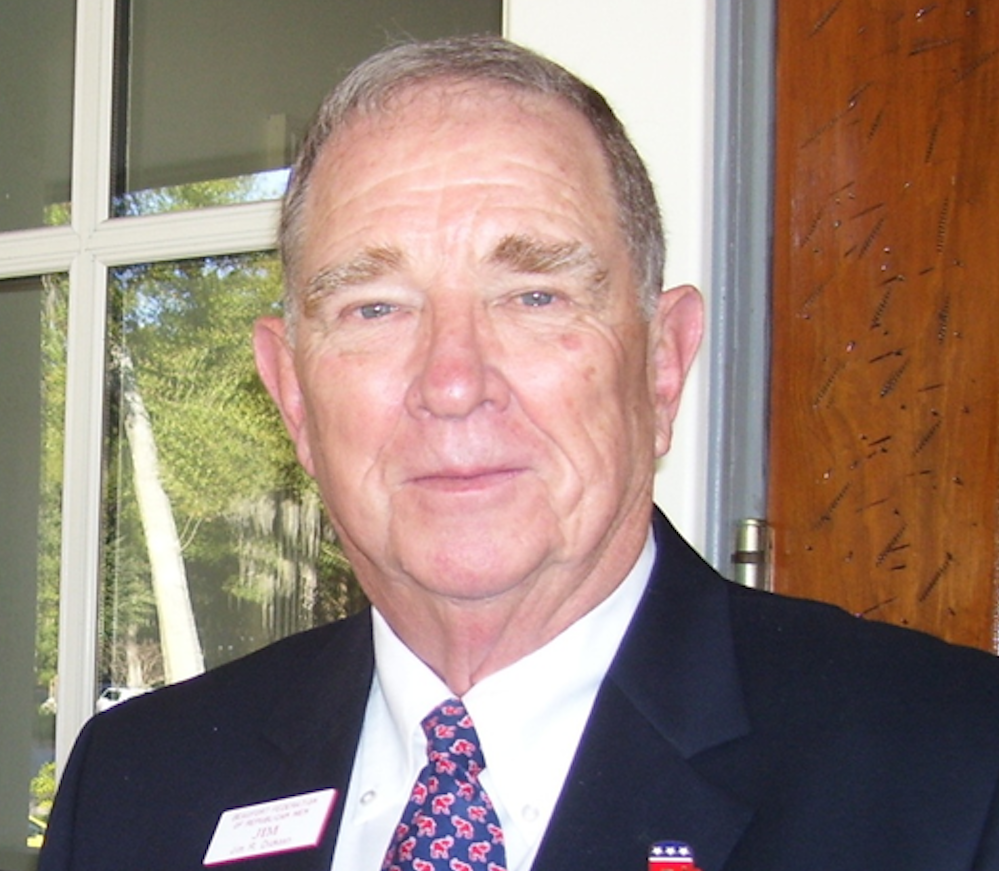By Fereol de Gastyne
In 1562, when French explorer Jean Ribault discovered what would become our fair city, he wrote to France that our home in the Lowcountry, at that time, was tres belle.
But that Huguenot explorer, who came to the New World seeking religious freedom, was put to the sword by the Spanish in Florida, and Pedro Menendez de Aviles lorded over Santa Elena, which persisted for almost 50 years, half a century before the English settled in Virginia — a colony named after England’s virgin queen.
A mile or so upriver from Santa Elena, on what then they called the Bay, there was a lovely point of land on the eastern shore across from what would become Beaufort, a French name attributed to an English duke.
Whitehall Point gave rise to massive oaks, adorned with Spanish moss, large magnolias and long-needle pines, protecting the land from twice-daily tidal flows for hundreds of years. Those ground-protecting massive trees have been anchors for Whitehall Point throughout recorded history.
In 1790, an English ship captain, Daniel Hingston Bythewood by name, did build two tabby structures, and the plantation at Whitehall Point counted 700 acres then.
When the captain’s wife, Elizabeth Taylor from Wales, talked Daniel away from the sea and into becoming a Baptist missionary, generations of Bythewood ministers followed in Beaufort at the old Baptist church, as gravestones today attest.
It was during the American Revolution that Beaufortonian islanders petitioned the city for the provision of a ferry that did operate from Beaufort to Whitehall Point for many years hence. For decades all roads from Beaufort to the Sea Islands passed through Whitehall Point. And when the wood bridge was completed, citizens witnessed the “last ferry to Beaufort.”
Generations crossed Beaufort River on the wood bridge, years before Woods Memorial Bridge replaced it.
Today, at the Library of Congress, one sees photographs of Capt. Bythewood’s plantation house taken during the Survey of National Historic Places in Beaufort County. It remains a mystery today who tore down those tabby ruins, as tabby ruins in the Lowcountry are normally treasured and treated with the utmost care. That was just one of many abuses our lady of Whitehall Point would be forced to endure.
In modern times, many developers have courted Whitehall Point as potential suitors, but each courtier has been left at the altar of modern development. The solution, they tell us, is to pave every square inch of the land, rendering her unrecognizable to those of us who have loved her, some for years, some for a lifetime.
Couples have been married under the oaks at Whitehall Point, and many have marveled from the perspective of Whitehall Point at the natural beauty of Beaufort. But progress has placed that beauty in grave danger. Indeed, its proximity to the city would be its undoing.
Fripp citizens tell stories of their best meals out being at Wikops of Whitehall Point, where the proprietors served some of the best Lowcountry fare in the region during that era.
Now, despite our sincere lamentations, Whitehall Point is being sacrificed in the name of progress. No walkable village with historic cottages, no vestige of our lovely lady will remain after development and progress. It will be like her majestic natural beauty never existed.
But we will never forget her.
So as those majestic, centurion trees are felled in mere minutes, the tortured soul of Whitehall Point will be released from the land. Nay, our lady of Whitehall Point will become a withering ghost, an ephemeral visage, and like the mythical sirens of the sea, she will call to us over the water in vain as we sail past her.
Hence, our lady of Whitehall Point will live on only in our memories, our remembrance of her but a thin shroud of graceful trees, laden with Spanish Moss, waving in the Beaufort breezes. And like the tortured memories of star-crossed lovers, the captivating image of her natural beauty will haunt us forever.
Fereol de Gastyne is a local resident.






